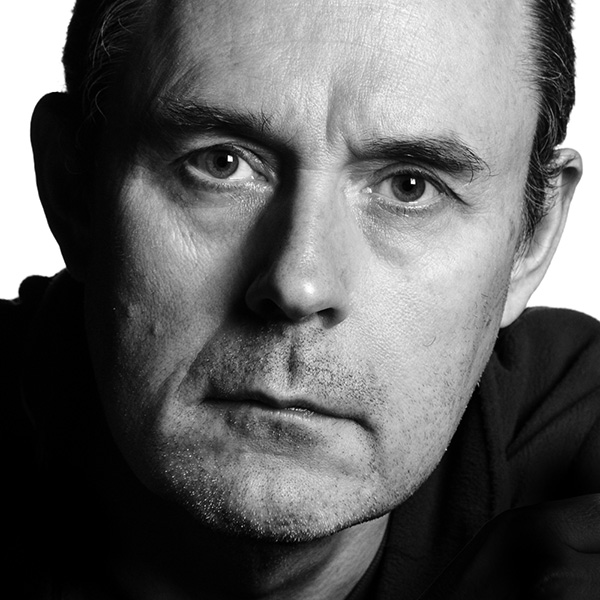I am a documentary photographer based in London. After studying Graphic Design at the University of Ulster, I moved to London to start my career as an Art Director. Working as a creative in various advertising agencies, I’ve been fortunate to have collaborated with, and learned from, some inspirational photographers.
Encouraged by those photographers, I began making documentary projects and I now divide my time between photographing my personal projects and my advertising creative work.
Close To Home
"I started this photography project shortly after the introduction of the first Covid-19 lockdown as a way of alleviating my restlessness from being confined to home all day.
I would venture out on my neighbourhood walks just after dusk when the streets were deserted and eerily quiet.
Initially, I stuck quite close to home but over time I kept increasing the distance I covered on my meandering strolls around North London.
The solitude I found wandering the streets was an almost meditative experience of simply observing as I walked.
It gave me the chance to explore my local surroundings more intently and notice things. I had overlooked for years.
What a revelation, streets so familiar during the day were completely transformed after dark.
I discovered an alluring beauty photographing under streetlights casting their individual hues, transforming a mundane space by creating a surreal, dreamlike quality and inducing an air of mystery.
Artificial light is much more controlled, and you can almost see more clearly because the light focuses your attention on a certain feature or colour.
It also illuminates a scene in much the same way you would light a still life or a stage set.
I get excited when I have the opportunity to photograph in fog as this gives light a wonderful cinematic quality, reminiscent of film noir.
I believe there are an infinite number of interesting pictures to be made on our doorstep, but you have to search for them.
Looking ahead I hope to continue this project through capturing the quiet beauty of my neighbourhood at night, which often goes unnoticed."
